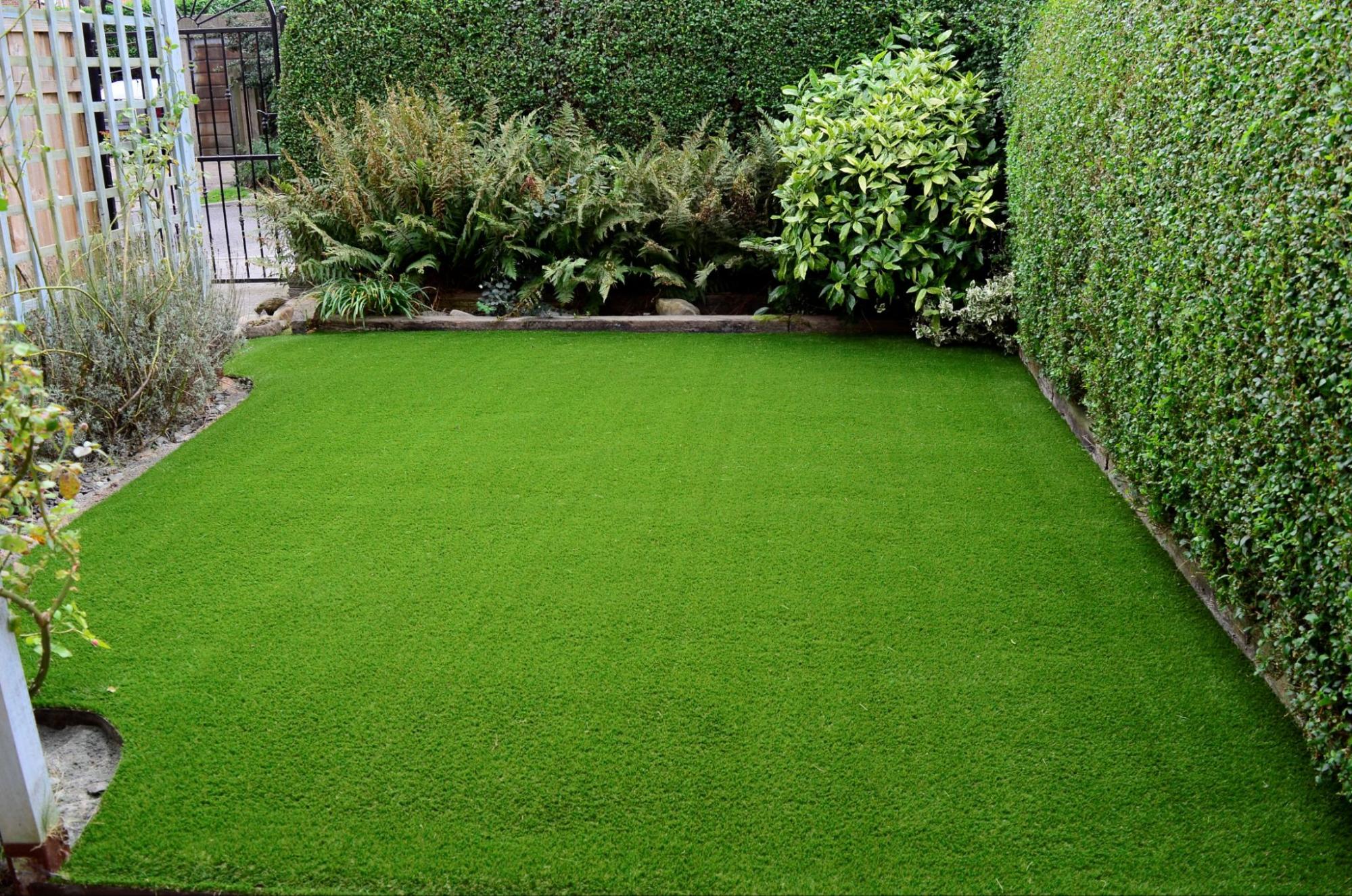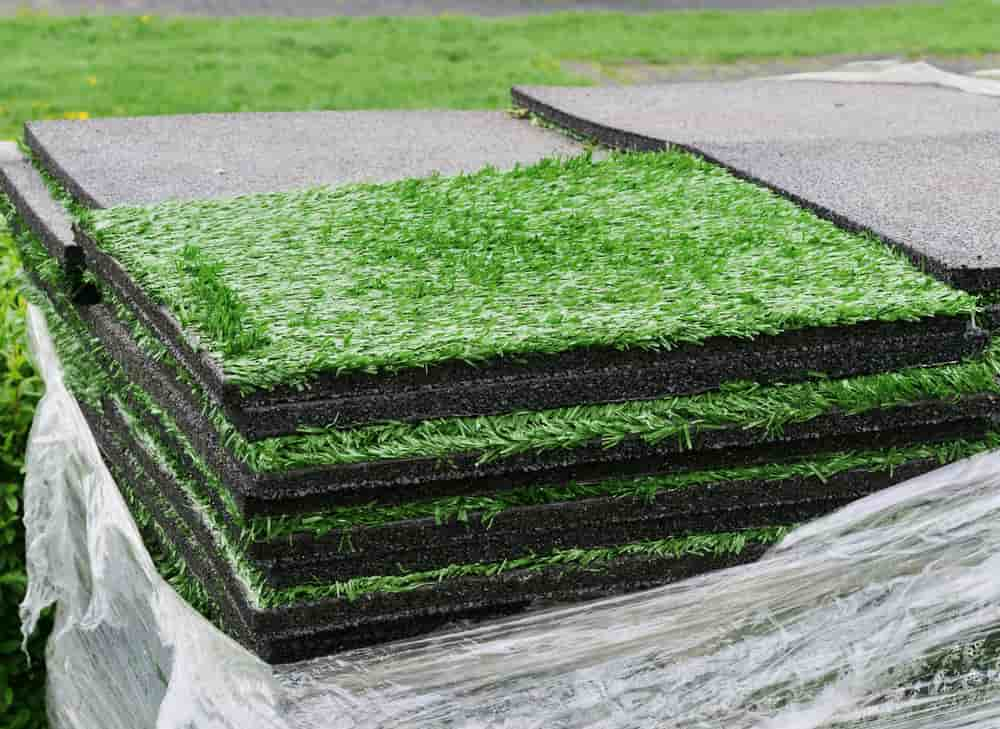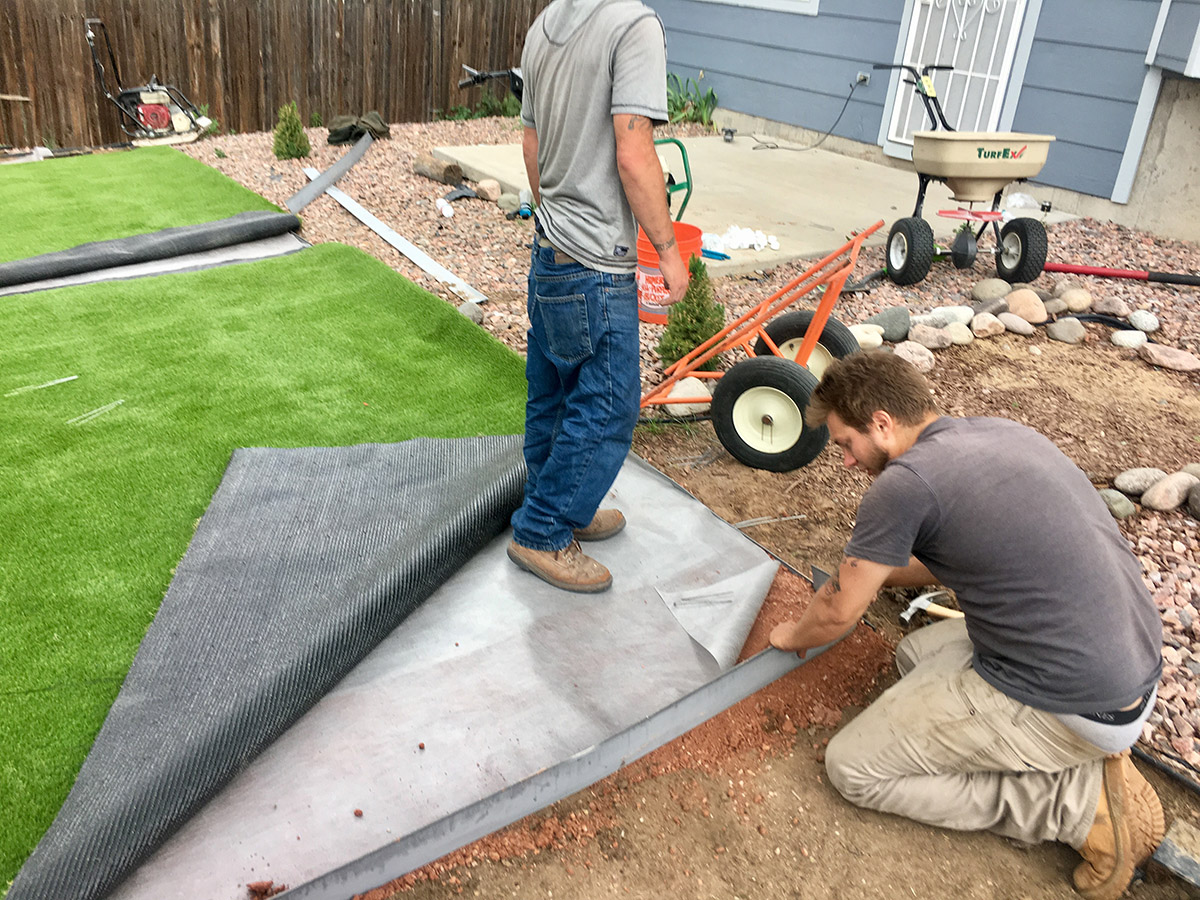Top Phoenix Turf Companies Delivering Premium Synthetic Lawn Products
Top Phoenix Turf Companies Delivering Premium Synthetic Lawn Products
Blog Article
Delve Into the Environmental Advantages of Opting for Synthetic Grass Solutions
The adoption of synthetic grass remedies offers an engaging opportunity to resolve pushing environmental difficulties. By significantly reducing water use and decreasing the application of harmful chemicals, these alternatives not just promote lasting landscaping yet additionally secure regional communities. Additionally, the lower carbon footprint connected with lowered maintenance activities adds to an extra sustainable technique to land administration. However, the effects of these advantages prolong past simple conservation initiatives, questioning concerning their long-term impact on environment preservation and overall eco-friendly equilibrium. Discovering these dimensions exposes a complex interaction worth taking into consideration.
Water Conservation Advantages
One of the most significant advantages of fabricated grass is its ability to conserve water. In comparison, artificial grass does not require watering, substantially decreasing the general need for water resources.
By eliminating the requirement for normal watering, synthetic grass contributes to sustainable landscape practices and helps reduce the environmental effect of excessive water usage. Furthermore, the preservation of water includes the decrease of overflow, which can cause soil erosion and river air pollution.
In addition, the setup of synthetic grass enables municipalities and house owners to allot water sources much more successfully, concentrating on important uses such as drinking water and agriculture. The shift in the direction of fabricated grass not only promotes liable water usage but likewise lines up with wider ecological objectives aimed at preserving natural deposits.
As areas significantly focus on sustainability, the water conservation advantages of synthetic grass provide an engaging case for its adoption in business and domestic landscaping projects.
Reduced Chemical Use
The change to fabricated turf substantially lowers the dependence on chemical therapies commonly utilized in natural lawn upkeep. Traditional lawn management normally includes the application of fertilizers, chemicals, and herbicides to advertise development and control bugs. These chemicals can position threats to human health, local wildlife, and the environment, adding to dirt and water contamination.
On the other hand, man-made lawn gets rid of the demand for these unsafe substances. Once set up, it requires minimal upkeep, largely including normal cleaning and seldom infill replenishment. This decrease in chemical use not just profits the immediate environment but also adds to broader eco-friendly security. By lessening the release of synthetic compounds into the ecological community, artificial turf advertises much healthier dirt and water supply.
In addition, the absence of chemical overflow connected with synthetic grass installments helps secure local waterways from contamination, supporting aquatic life and maintaining biodiversity. Arizona artificial turf. As neighborhoods significantly prioritize sustainable techniques, going with synthetic lawn offers a viable service that lines up with environmental conservation objectives. Via this change, homeowner can appreciate lush eco-friendly spaces without endangering eco-friendly wellness, leading the way for a much more lasting future
Reduced Carbon Impact

Furthermore, the installment of fabricated grass can lead to substantial water preservation. Natural grass need considerable quantities of water for watering, which not only includes in the carbon impact connected with water removal and treatment yet also stress neighborhood water resources. On the other hand, man-made turf needs very little upkeep, needing no watering, consequently dramatically decreasing water usage and its associated power expenses.
Furthermore, the long life of man-made turf adds to its reduced carbon impact. With a life expectancy of as much as 15 years or more, the need for frequent substitutes is reduced, resulting in much less waste and lower power usage in production and taking care of conventional turf options. Overall, fabricated grass provides a sustainable option for environmentally conscious landscape design.
Habitat Conservation
Environment preservation is a critical consideration in the argument over landscape design options, particularly when comparing synthetic grass to natural grass. All-natural lawn lawns typically call for comprehensive upkeep, consisting of using herbicides, pesticides, and fertilizers, which can detrimentally influence regional ecosystems. These chemicals can leach into the click site soil and rivers, damaging native plants and fauna and interrupting regional environments.
On the other hand, synthetic lawn provides an opportunity to reduce the environmental footprint of landscaping. By deciding for artificial turf, property owners can reduce the disturbance of all-natural habitats linked with traditional yard treatment techniques. Synthetic grass removes the need for damaging chemicals, therefore protecting close-by wildlife and preserving the honesty of bordering communities. Additionally, the installation of artificial lawn can cause the conversion of former turf areas into even more biodiverse landscapes, such as pollinator yards or indigenous plant locations, which can sustain local wildlife.
Inevitably, the change to synthetic grass not just saves water and decreases maintenance efforts yet also promotes a much more unified connection between human tasks and the natural surroundings, advertising habitat preservation in the process.
Long-Term Sustainability
Lasting sustainability is a crucial consider reviewing the advantages of artificial lawn over click this site standard turf lawns. Among one of the most significant advantages of synthetic grass is its resilience; it can last approximately 15-20 years with very little maintenance, whereas all-natural turf calls for regular reseeding and replacement. This durability reduces the demand for continuous sources, such as water, fertilizers, and chemicals, which are necessary for maintaining a healthy and balanced turf lawn.
In addition, synthetic grass contributes to a decrease in carbon emissions connected with yard treatment equipment. Typical lawns usually need gas-powered lawn mowers, trimmers, and blowers, every one of which add to air pollution. Turf installation phoenix az. On the other hand, synthetic grass eliminates the demand for such equipment, promoting a cleaner setting
Furthermore, the manufacturing of synthetic lawn increasingly uses recycled products, improving its sustainability account. As producers embrace environment-friendly techniques, the environmental impact of synthetic lawn continues to lessen.

Verdict
The adoption of synthetic grass services offers considerable ecological advantages, consisting of considerable water preservation, decreased dependence on dangerous chemicals, and a lower carbon impact. Additionally, synthetic grass help in preserving all-natural environments by reducing land disruption and promoting long-lasting sustainability via making use of sturdy materials. Jointly, these variables highlight the potential of man-made turf to contribute positively to ecological health and provide a sensible alternative to conventional landscape design techniques in a progressively resource-conscious globe.
In comparison, artificial grass does not require watering, significantly minimizing the general need for water resources. By reducing the release of synthetic substances right into the ecological community, artificial grass advertises much healthier dirt and water systems.
Additionally, the setup of artificial grass can result in considerable water conservation. In contrast, man-made grass requires minimal maintenance, calling for no watering, thus dramatically minimizing water use and its associated power expenses.

Report this page